BBC神奇的古人类旅程英文发音中英字幕电视纪录片亲子伴读网
- 资源类型国外资源
- 来源渠道阿里云盘
- 界面语言英文资源
- 资源大小未知
- 文件类型MP4视频
- 支持设备手机|电脑|智能电视|平板电脑
- 软件等级





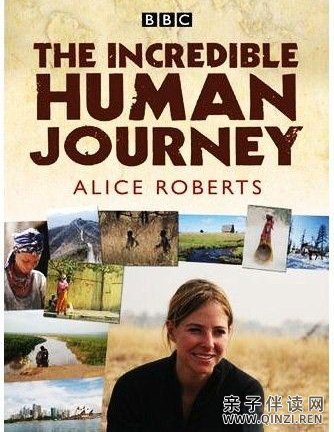
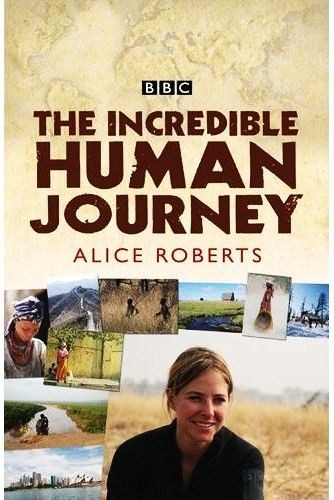
内容简介
他们是如何抵达世界各地的? 怀揣最新科学研究成果所昭示的线索,Alice Roberts博士重走了我们伟大祖先的光荣之路,数千年前,我们祖先的一支,现代智人,走出非洲大陆进入未知领域,他们的后代,走过炽热无边的沙漠,穿过茂密潮湿的雨林,越过贫瘠荒芜的冻土,不惜一切代价渡过烟波浩渺的海洋,最终创造出了灿烂辉煌的人类古代文明。
经过从基因, 化石, 考古, 气象等各方面取证分析, Alice Roberts博士找出了我们的祖先走向世界的5条史诗般的路线,以及他们一路上遇到的各种艰难险阻. 这将揭示出人类的这一支是如何发展壮大遍及全球,并最终创造出如此绚丽多彩的一个世界。虽然我们有很多不同,但同时,Alice博士又向我们展示出了我们之间又是如何惊人的相似。
视频参数
中文名: BBC.神奇的古人类旅程
英文名: BBC The Incredible Human Journey
别名: 探秘先人足迹
资源格式: DVDRip
发行时间: 2009年
制作发行: BBC
地区: 英国
语言: 英语
分集介绍
第1部分:走出非洲
1.Out非洲。爱丽丝前往非洲寻找的诞生地第一人。他们是如此之少的数量和如此脆弱,今天他们可能会被认为是濒临灭绝的物种。那么,使他们能够生存下去吗?该布的卡拉哈里有一些答案-独特的设计人体使他们高效率的猎人和古代单击语言的布点,以早日能力组织和计划。
人类的生存,但非洲是所有意图和目的密封大陆。因此,如何和通过何种途径也使人类走出非洲?令人惊讶的遗传证据表明,每个人今天还活着谁不是从非洲降一成功,一小撮离开大陆在一个过境点,这可能发生在70万年前。但是,他们怎么做呢?爱丽丝不用寻找线索在偏远阿拉伯沙漠。
第2部分:亚洲
2 .亚洲。在这项方案中,旅程继续到亚洲,世界上最大的陆块,在寻求如何早期发现狩猎采集设法生存的一个最荒凉的地方地球-北极地区的北西伯利亚。爱丽丝符合游牧民族埃文人,他们的生命是由驯鹿,无论野生和驯化,并发现的生存技巧这一非常古老的人民已经通过一代传下去。爱丽丝还探讨了可能发生在人类迁移到生产中的物理特性,并认为一个有争议的主张中演变:即中国不共用相同的非洲祖先为其他民族。
第3部分:欧洲
3 .欧洲。当我们的物种刚到欧洲,高峰冰期接近和大陆已经抓取了对手:更强大,在家里的寒冷,甚至(违背其受欢迎的形象) brainier比我们。因此,如何在欧洲先锋的尼安德特人生存第一,然后冷冻,因为它们把整个大陆?
艾丽丝罗伯茨重建的首长,欧洲第一个'来面对我们的祖先之一,她发现如何成为艺术的关键,面对生存的尼安德特人竞争;和发生了什么改变肤色这些来自欧洲的先锋黑变白。
最后,引人注目的新发现在欧洲大陆边缘的建议,第一个已知寺庙可能是一个引发了巨大的革命,我们的祖先的生活方式-农业。
第4部分:澳大利亚
4 .澳大利亚。爱丽丝看着我们的祖先,似乎是不可能的旅程澳大利亚。奇迹般地保存脚印和非常古老的人类化石埋在内陆地区提出一个谜:人类到达澳大利亚几乎在任何其他地方。他们怎么能够走过迄今为止来自非洲,越过大海的道路上,并做到这一点之前,几千年来他们到欧洲?
证据线索是微弱的,难以回升,但爱丽丝需要的挑战。在印度,新发现的碎片超级火山暗示,我们的物种开始更早的旅程比之前认为的,而在马来西亚,遗传学点到古道仍然探测中的DNA的部落今天。
爱丽丝旅行深入亚洲雨林寻找第一远古的婆罗洲和考验了石器时代筏,看看是否海上旅行是有可能的数千年前,来一个有力的结论。
第5部分:美洲
5 .美洲
爱丽丝试图找出石器时代人达到北美洲和南美洲的第一次。她知道了一个古老的走廊通过加拿大冰盖有可能使人类第一次通过。老认为在智利虽然指向一个完全不同的路线,使人类第一次在那儿。
Information
How did we get here? Following a trail of clues from the latest scientific research, Dr Alice Roberts re-traces the greatest ever journey taken by our ancestors. Thousands of years ago one small group of our species, Homo sapiens, crossed out of Africa and into the unknown. Their descendants faced baking deserts, sweat-soaked jungles and frozen wildernesses and risked everything on the vast empty ocean.
Within 60,000 years they colonised the whole world... How did they do it? Why do we, their descendants all look so different? And what did we have that meant we were the only human species to survive?
Using the evidence from genetics, fossils, archaeology and climatology, Dr Alice Roberts uncovers five epic routes our ancestors took across the globe and the obstacles and brutal challenges they encountered along the way. It reveals how our family tree grew and spread out across the world, producing all the variety we see in the human species today – but despite all that diversity, Alice reveals how astonishingly closely related we all are.
Part 1: Out of Africa
Esp. 1.Out of Africa .Alice travels to Africa in search of the birthplace of the first people. They were so few in number and so vulnerable that today they would probably be considered an endangered species. So what allowed them to survive at all? The Bushmen of the Kalahari have some answers - the unique design of the human body made them efficient hunters and the ancient click language of the Bushmen points to an early ability to organise and plan.
Humans survived there, but Africa was to all intents and purposes a sealed continent. So how and by what route did humans make it out of Africa? Astonishing genetic evidence reveals that everyone alive today who is not African descends from just one successful, tiny group which left the continent in a single crossing, an event that may have happened around 70 thousand years ago. But how did they do it? Alice goes searching for clues in the remote Arabian Desert.
Part 2: Asia
Esp. 2. Asia. In this programme, the journey continues into Asia, the world's greatest land mass, in a quest to discover how early hunter-gatherers managed to survive in one of the most inhospitable places on earth - the Arctic region of Northern Siberia. Alice meets the nomadic Evenki people, whose lives are dictated by reindeer, both wild and domesticated, and discovers that the survival techniques of this very ancient people have been passed down through generations. Alice also explores what may have occurred during human migration to produce Chinese physical characteristics, and considers a controversial claim about Chinese evolution: that the Chinese do not share the same African ancestry as other peoples.
Part 3: Europe
Esp. 3. Europe. When our species first arrived in Europe, the peak of the Ice Age was approaching and the continent was already crawling with a rival: stronger, at home in the cold and even (contrary to their popular image) brainier than us. So how did the European pioneers survive first the Neanderthals and then the deep freeze as they pushed across the continent?
Alice Roberts reconstructs the head of the 'first European' to come face to face with one of our ancestors; she discovers how art became crucial for survival in the face of Neanderthal competition; and what happened to change the skin colour of these European pioneers from black to white.
Finally, spectacular new finds on the edge of Europe suggest that the first known temples may have been a spark for a huge revolution in our ancestors' way of life - agriculture.
Part 4: Australia
Esp. 4. Australia. Alice looks at our ancestors' seemingly impossible journey to Australia. Miraculously preserved footprints and very old human fossils buried in the outback suggest a mystery: that humans reached Australia almost before anywhere else. How could they have travelled so far from Africa, crossing the open sea on the way, and do it thousands of years before they made it to Europe?
The evidence trail is faint and difficult to pick up, but Alice takes on the challenge. In India, new discoveries among the debris of a super volcano hint that our species started the journey much earlier than previously thought, while in Malaysia, genetics points to an ancient trail still detectable in the DNA of tribes today.
Alice travels deep into the Asian rainforests in search of the first cavemen of Borneo and tests out a Stone Age raft to see whether sea travel would have been possible thousands of years ago, before coming to a powerful conclusion.
Part 5: The Americas
Esp.5. The Americas
Alice tries to find out how Stone Age people reached North and South America for the first time. She finds out about an ancient corridor through the Canadian ice sheet that might have allowed the first humans through. Old finds in Chile though point to a whole different route for the first humans making it there.
推荐文章
Recommend article-

家长应陪孩子看的100部纪录片
高清纪录片/阅读:125 -
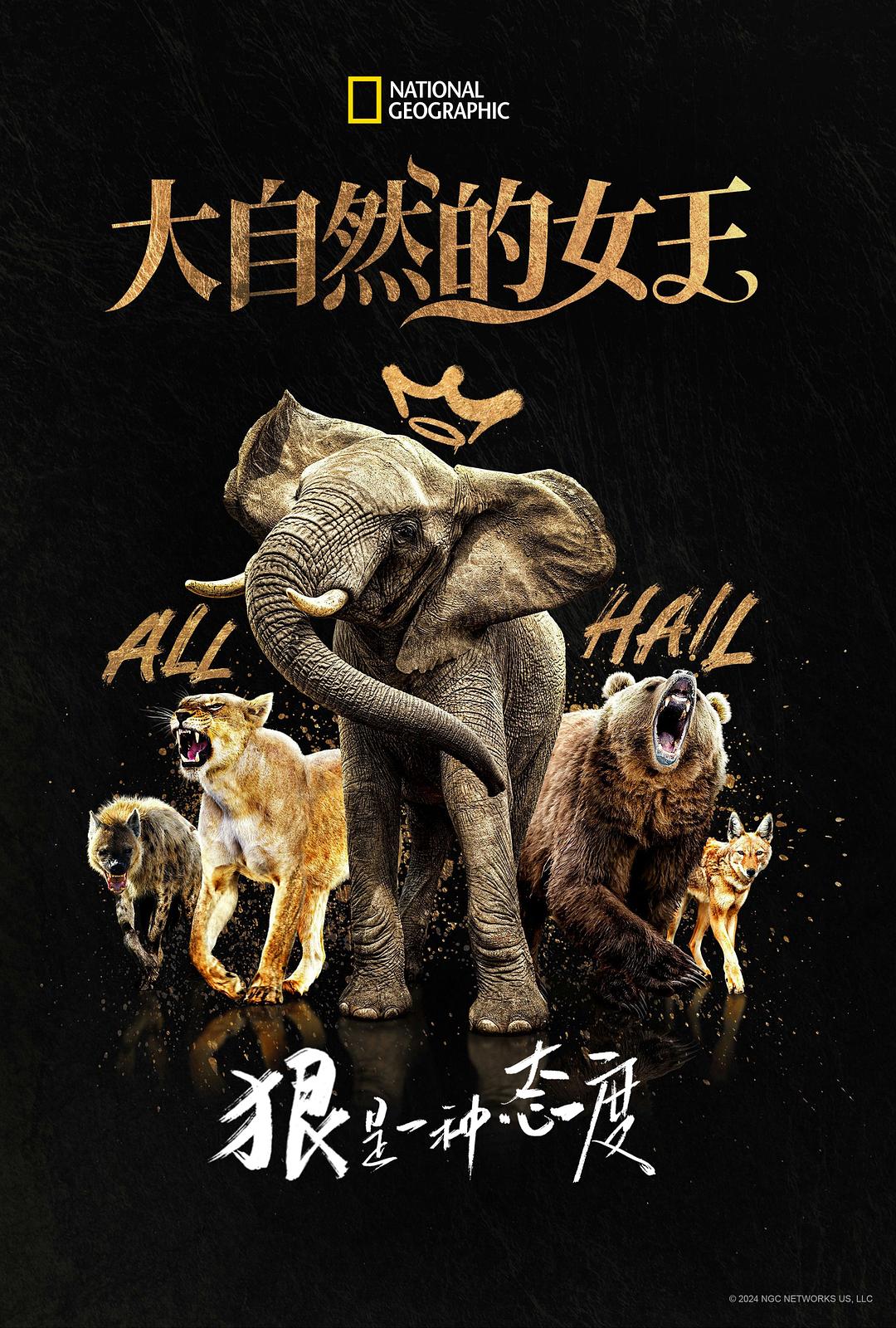
【纪录片】大自然的女王2024|美国国家地理纪录片第1季共7集
高清纪录片/阅读:649 -
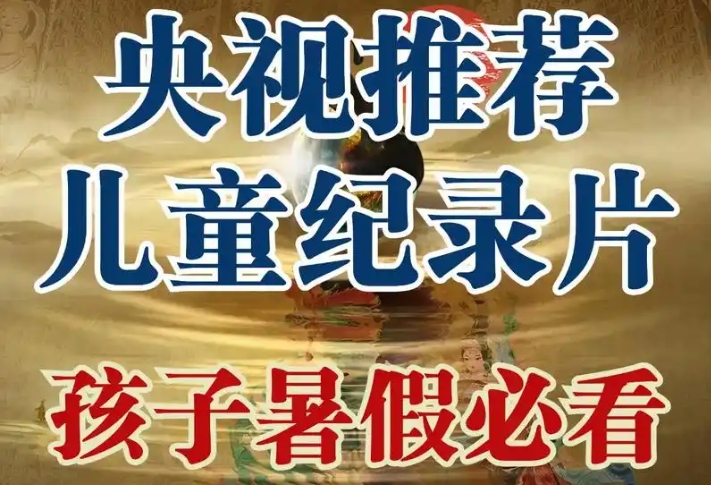
【央视力荐】342部儿童必看纪录片合集
高清纪录片/阅读:1952 -
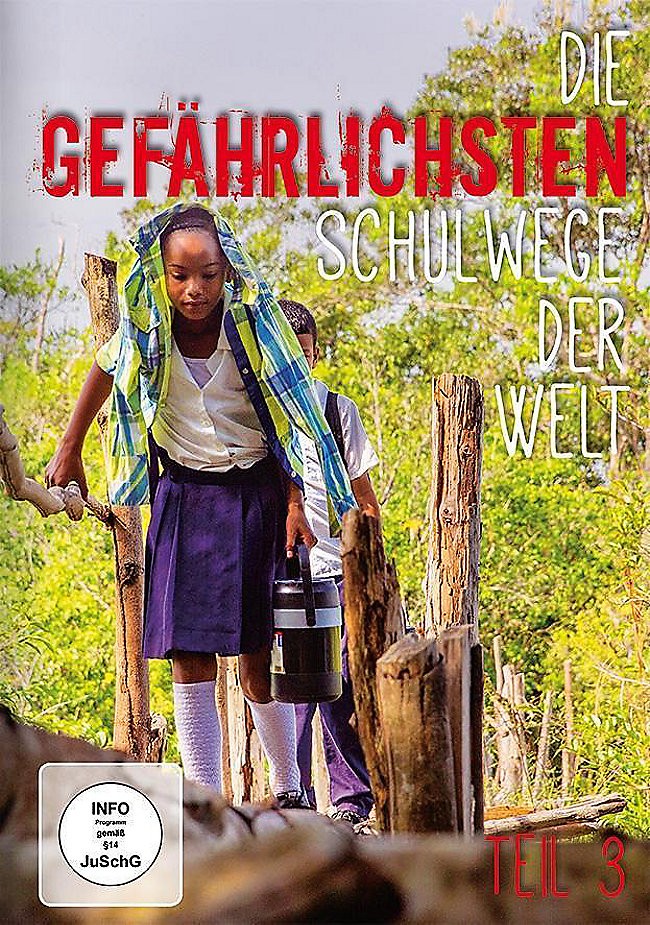
43部超燃励志学习纪录片+影片夸克网盘下载
高清纪录片/阅读:1312 -
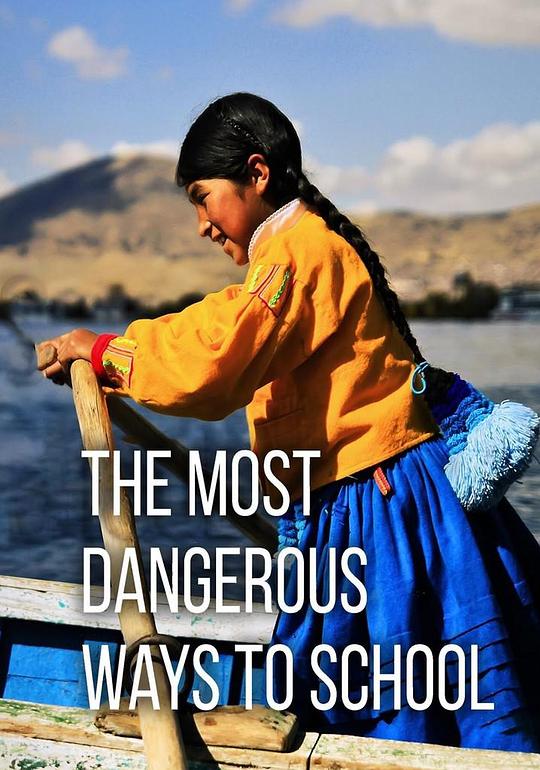
43部超燃励志学习纪录片+影片夸克网盘分享
高清纪录片/阅读:516 -

43部【励志学习类】纪录片+影片
高清纪录片/阅读:511

热门文章
HOT NEWS


